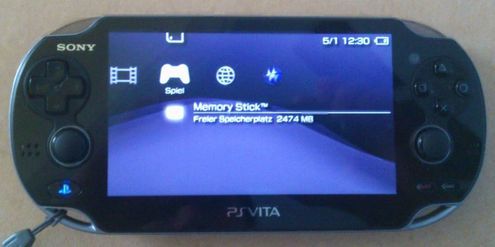I just used the same files from the old email hack.
Go to this site:
http://wololo.net/talk/pstv_whitelist/
Enter an email address you can check, and you'll receive 3 emails. They may end up in your spam/junk folder as they did for me. These are meant for the old email based whitelist hack so ignore the instructions. Then check your email for the 3 messages with the following subjects:
Activate PSTV Writer - You can safely delete this, it doesn't work anymore.
ur0:game/launch/list_launch_vita.dat‏ - This email has an attachment named #0. Save it and rename it to list_launch_vita.dat
ur0:game/launch/list_launch_emu.dat‏ - It too will have an attachment named #0. Save it and rename it to list_launch_emu.dat‏
You now have the files you need. You can use these to replace the ones on the PSTV in the ur0:game/launch folder. Once done, this should remove the whitelist block on Vita, PSP, and PS1 games. I've read that some Vita games have additional checks, but I haven't run into one of those yet.





